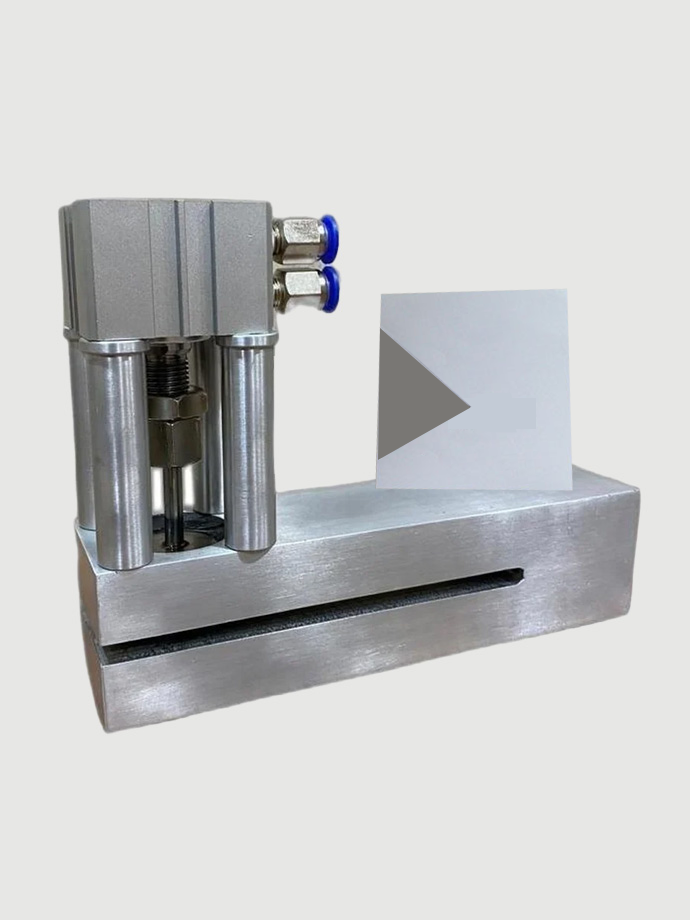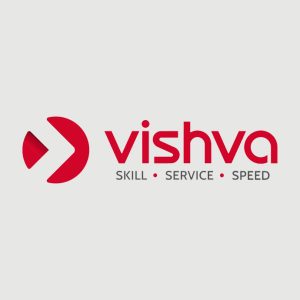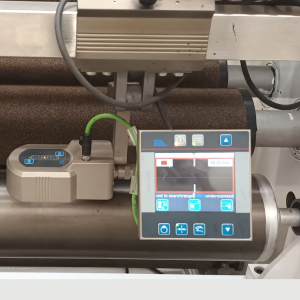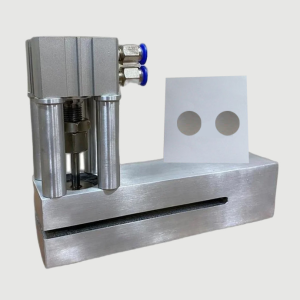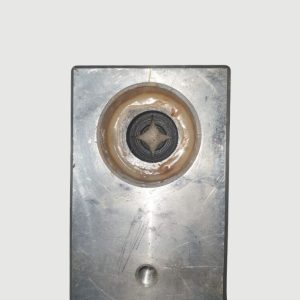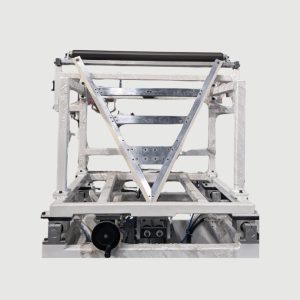-
Empty cart
No products in the cart.
Return to Shop
V Notch
The “V-notch” is commonly used in plastic converting machines to facilitate precise and consistent bag tearing. The machine incorporates the V-notch mechanism, which creates a uniform cut or score along the bag’s edge. This enables easy and accurate tearing during the conversion process, ensuring smooth and efficient production of plastic bags.
SKU:
VCMP0003
Categories: Converting Machine, Punch
Related Products
Edge Guide (Electronics System & Hydraulic System)
The Edge Guide is a critical feature utilized in plastic converting machines for maintaining precise alignment and positioning of plastic materials during the conversion process. The machine employs two types of edge guide systems: an electronic system and a hydraulic system.
The electronic edge guide utilizes a DC motor with a controlling display to automatically adjust and maintain the desired alignment of the plastic material. This system constantly monitors and adjusts the position of the material to ensure accurate processing and minimize waste. It provides real-time feedback and control, allowing for precise and consistent results.
On the other hand, the hydraulic edge guide employs a hydraulic cylinder mechanism to adjust and control the position of the plastic material. This system utilizes hydraulic pressure to move the edge guide mechanism, ensuring precise alignment and tension control. It provides reliable and robust performance in maintaining the alignment of wide plastic materials.
Both the electronic and hydraulic edge guide systems play a crucial role in the plastic converting machine by enabling accurate positioning and alignment of the plastic material. They help achieve consistent and high-quality output by minimizing material waste, reducing errors, and ensuring efficient production processes.
Header Sealer
The “Header Sealer” is utilized in plastic converting machines for sealing header cards or headers onto plastic bags or packaging. It ensures secure attachment, providing a professional and presentable display and allowing for convenient hanging or presentation of the packaged products.
Wicket Hole Punch
The “Wicket Hole Punch” serves a specific purpose in plastic converting machines by creating holes or slots in plastic materials that are used for wicketing. Wicketing refers to the process of attaching multiple bags together on a wicket, allowing for easy handling and packaging. The Wicket Hole Punch ensures precise and consistent holes or slots, enabling smooth wicketing of plastic bags during the manufacturing process. This feature enhances the efficiency and convenience of packaging operations in industries such as food, retail, and manufacturing.
Square Punch
The “Square punch” is utilized in plastic converting machines to create precise and uniform square-shaped cutouts in plastic materials. These square punches are commonly used for various purposes, including creating openings for windows, displays, or decorative elements in plastic products. The square punch ensures consistent and accurate cuts, enhancing the aesthetic appeal and functionality of the final plastic products produced by the machine.
Ultrasonics
Ultrasonics is employed in plastic converting machines for various applications, including squeezing and knurling. Ultrasonic technology utilizes high-frequency vibrations to generate heat and pressure, allowing for effective bonding, cutting, or sealing of plastic materials.
In the context of squeezing applications, ultrasonics can be utilized to join or seal plastic components together. The high-frequency vibrations create localized heat at the contact points, causing the plastic to melt and fuse, resulting in a strong and secure bond. This technique is commonly used in applications such as bag sealing, creating airtight closures, or bonding plastic parts together.
Furthermore, the knurling application of ultrasonics involves creating textured or patterned surfaces on plastic materials. The high-frequency vibrations, when applied to the desired area, can imprint or emboss patterns onto the plastic surface, enhancing grip, aesthetics, or functionality. Knurling is often employed in applications such as improving the grip of handles, creating decorative designs, or providing anti-slip surfaces.
By incorporating ultrasonics in the plastic converting machine, manufacturers can achieve precise and efficient squeezing and knurling processes. The technology offers fast and reliable bonding, sealing, or surface modification of plastic materials, contributing to the overall quality, functionality, and appearance of the final plastic products.
Film folding device
The film folding device is utilized in plastic converting machines to precisely fold plastic films, sheets, or materials during the conversion process. It ensures accurate and uniform folding, enabling the creation of various products such as bags, packaging materials, or other folded plastic items with consistent and desired dimensions. The size ranges from 1200mm to 1600mm in width, into tube forms. With a speed range of 30mtr/min to 60mtr/min, it ensures efficient and precise folding of plastic materials. The stand-alone folder streamlines the folding process, allowing for consistent and neatly folded plastic bags and pouches at high production speeds. We have our own special design Folding System for accurate folding without any creasing.

